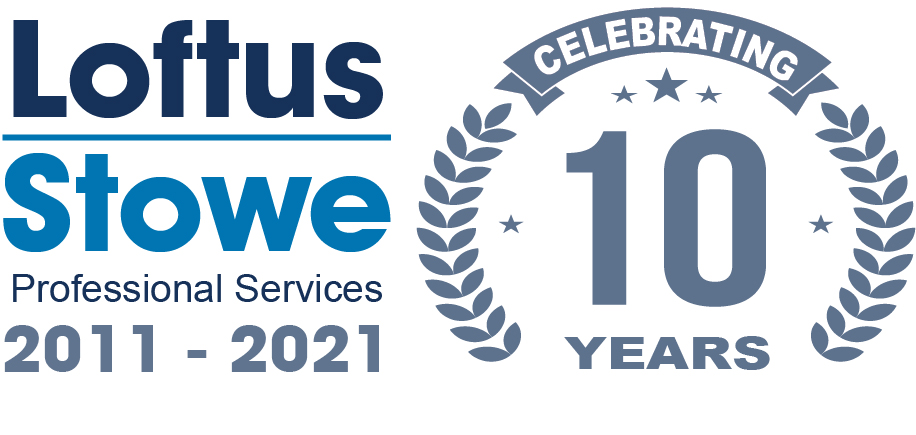Could 2016 be the year GlaxoSmithKline (LSE: GSK) finally returns to 1,700p? Well, it certainlylooks as if the company has a good shot. But first, Glaxo has to convince investors that its shares are worth more than the current price theyre paying for them.
Convincing investors
One of the key issues that has put investors off Glaxo shares over the past year is the companys lack of sales growth and concerns about its treatment pipeline. However, there are now some signs that Glaxos sales are set to get a boost as a raft of new treatments work their way through the companys testing procedures and onto the shelves. The new treatments that have already made it to the customer are already racking up impressive sales.
At the beginning of February, Glaxos management announced that new product sales are now expected to reach the 6bn per annum target set by management, two years earlier than initially planned. As the company is bringing to market a constant stream of new products, I wouldnt be surprised if this forecast is revised higher further down the line.
Management expects Glaxos core earnings per share figure to grow by double digits this year, the first such increase the company has been able to achieve for five years. If Glaxo can hit this target, then it will have shown investors that its on track with its restructuring programme, which should then spark a rally in the companys shares. As mentioned above, one of the main concerns investors had about Glaxo over past years is whether thecompany could execute its plan to return to growth and bring new products to market. Its clear that the firm is already succeeding in its quest to bring new products to market that sell well, and now management just needs to prove that it can be trusted to set realistic targets.
A higher multiple
So then, 2016 will be the year that Glaxo needs to prove itself and if the company meets its growth target, the market will reward the shares with a higher multiple. Glaxos shares currently trade at an enterprise value-to-earnings before interest tax depreciation and amortisation (EV/EBITDA) multiple of 6.2, compared to the pharmaceuticals industry average of 14.4. The EV/EBITDA multiple is a more suitable way of valuing companies like Glaxo, which had taken on a sizeable amount of debt to help fund growth.
On a P/E basis, Glaxos shares currently trade at a forward P/E of 16 and support a dividend yield of 6%. Management has guaranteed that the companys 80p per share annualdividend payout is here to stay for the time being so a dividend yield of 6% looks safe. Further, because Glaxos management is targeting double-digit earnings per share growth this year, the forward P/E of 16 doesnt look overly demanding.
Looking for more investment tips?
To help you assess Glaxo for yourself, our top analysts have put togetherthis report, which guides you through the10essential steps you need to take to become a stock market millionaire.
Thereport explainshow spending just 20 minutes a month could help you create a portfolio that could bring you closer to financial freedomfor life.
Click hereto check out the report – it’s completely free and comeswith nofurther obligation.
Rupert Hargreaves owns shares of GlaxoSmithKline. The Motley Fool UK has recommended GlaxoSmithKline. We Fools don’t all hold the same opinions, but we all believe that considering a diverse range of insights makes us better investors.





